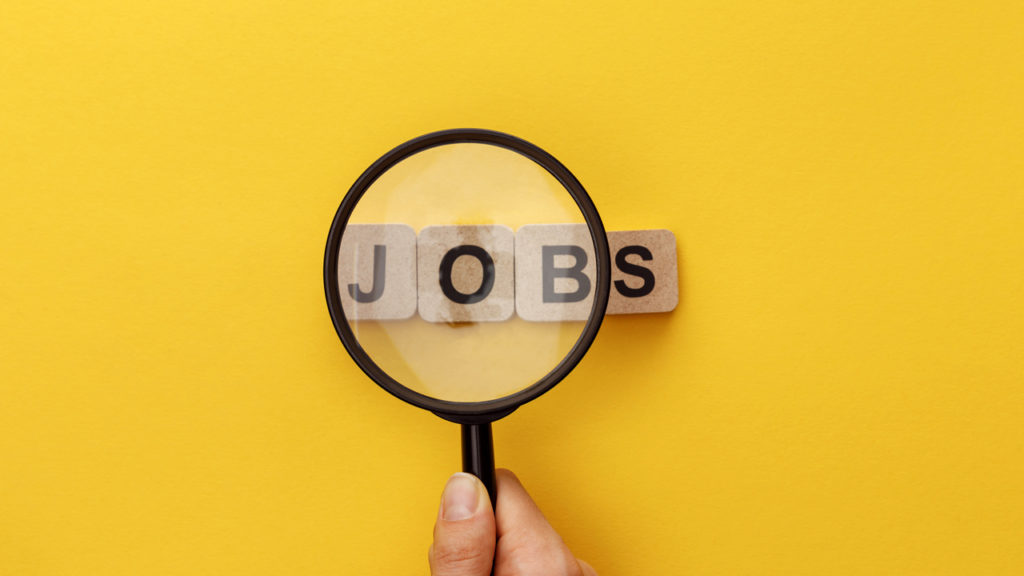Peter Schiff: This Labor Market Is Not “Strong”

The July non-farm payroll report came out much stronger than anticipated. According to the Bureau of Labor Statistics, the economy added 528,000 jobs and the unemployment rate ticked down to 3.5%. The narrative was that this blockbuster employment report proves that we’re not in a recession.
In his podcast, Peter Schiff broke down the data and reveals the truth behind the “strong job market” hype.
According to the mainstream spin, we can’t possibly be in a recession with all of this job creation. There is even talk that the Fed will push interest rates up another 75 basis points at the September meeting. But Peter said you don’t have to go very deep below the surface numbers to find a completely different story.
I don’t think what we’re looking at evidences strength in the labor market. I think it evidences weakness. Particularly, weakness in the economy, not necessarily the labor market, although the labor market itself is not strong just because jobs are being created.”
Wages were up 0.5% in July, and year-on-year, average hourly wages are up 5.2%. Of course, this pales in comparison to the 9.2% CPI, so real wages continue to decline.
When you have a labor market where real wages are falling, especially as much as 4%, that does not indicate a strong labor market. I don’t care about how many jobs are being created. What I’m looking at is: are the workers getting pay raises or are they suffering pay cuts? Because in a strong labor market, you get a raise. The worker can go to the employer and demand a raise, and in a strong labor market, you’ll get a raise. Because you can quit, and you can get another job. It’s in a weak labor market where workers don’t have a lot of negotiating power. They have to accept lower wages. And that is what’s happening. Even if you get a pay raise, if that pay raise is much lower than inflation, you are getting a pay cut.”
As far as the unemployment number goes, it’s important to remember that the government doesn’t count all the unemployed people as unemployed. For the official headline unemployment statistic, the government uses a number known as U3. Another number — U6 — includes underemployed people, those who are working part-time but are looking for full-time employment. Think of the guy delivering pizzas because he can’t find a job in his field. Discouraged workers who have given up looking are also included in U6 for a year. After a year, those people fall out of U6 as well. Peter said if you included all of those people in the unemployment number (and at one time they did) the rate would likely be over 10%.
So, to compare the unemployment rate today to some unemployment rate in the past is apples to oranges because we’re using rates that are calculated using a different measure.”
U6 in the latest report was 6.7%.
That is still a high unemployment rate historically. But if you factor in the long-term discouraged and it’s over 10%, it is very high.”
Looking at historical data, the unemployment rate (U6) through the two decades of the 50s and 60s was lower than it is today.
So, it’s simply not true to pretend that we have some kind of historically low unemployment rate. We have had unemployment rates much lower than what we have now. It’s just that back then we measured them more honestly and now we measure it more dishonestly.”
Breaking down the jobs created, 86.5% were in the service sector.
A lot of those jobs tend to be low-paying, and a lot of them tend to be part-time.”
Only 5.7% of the jobs created were in manufacturing even as the economy continues to suffer from a shortage of stuff.
We can’t make stuff here without the workers to make the stuff, but we’re not adding new workers. So, we’re still dependent on foreign workers to make that stuff.”
Meanwhile, labor force participation fell to 62.1%. That’s the lowest labor force participation of the year.
Despite 528,000 jobs being created, and despite the unemployment rate falling, people actually left the workforce. All these jobs were created while the number of people working actually went down.”
How can this be?
It shows that the people who are still working are taking on extra jobs.
So, the jobs that we are creating are not for people who don’t have any jobs and are now getting a job. These are people who already have jobs and are getting a second job, or are getting a third job. In fact, the number of people who have multiple jobs is now at 7,540,000. That’s the highest it’s been since the beginning of the pandemic. But the number of people who have two full-time jobs just hit a new all-time record high in July.”
This raises a question: why do so many people need a second job?
If we really had a strong labor market, one job would be all you needed. But we don’t have a strong labor market. Because we have a weak labor market, jobs don’t pay very well. … So, the only way they can make ends meet is by taking on another job.”
None of this signals a strong labor force.
In this podcast, Peter also talked about household debt and signs of strength in the gold market.
Call 1-888-GOLD-160 and speak with a Precious Metals Specialist today!
Buka akaun dagangan patuh syariah anda di Weltrade.
Source link







